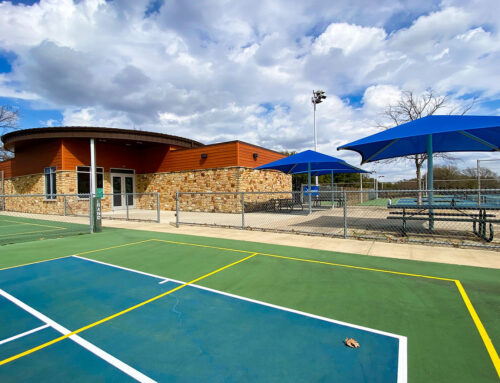 What happens when an unplatted piece of land is sold to a developer? New building gets approved under the radar, and neighbors can’t do much about it, as long as it meets all the zoning requirements.
What happens when an unplatted piece of land is sold to a developer? New building gets approved under the radar, and neighbors can’t do much about it, as long as it meets all the zoning requirements.
That’s the case at 3727 Frontier Lane in Lakewood. For decades, the 2.5-acre oasis sat untouched. It features a pond, attracts migratory birds and provides a nice aesthetic to the street. But last month, the owners Joy and Russell Miller, who live next door, sold the property, and now there are plans to put in four new homes as part of a shared access development — a possible gated community, although that hasn’t been decided yet.
The City Plan Commission approved the development June 20.
The city was not required to notify nearby residents because the land had never been platted to begin with — meaning, it had not been broken up into individual lots. It was simply left over from when the neighborhood originally was developed.
Neighbor Stephen LaViolette says the whole thing caught everyone off-guard.
“Had notifications gone out, there would have been substantial objections,” he says. “At this point, we’re limited in what we can do to fight it.”
Zoning restricts the lot sizes to 7,500 square feet, which is consistent with the neighborhood, says David Cossum, assistant director of current planning in the Department of Sustainable Development and Construction. In an email exchange with neighbors, he noted that, had the request been a re-plat, homeowners would have been notified. So, if the land had already been platted for, say, two lots, and the owner wanted to break it up into more, neighbors would have had the chance to oppose it.
In this case, the city and the developer have followed all the rules.
“There is no appeal process within the city to City Plan Commission decisions on plats or replats,” Cossum says. “Any appeal would be made directly to district court.”
More than 20 neighbors gathered in front of the lot Wednesday to meet with the developer, Marcus Taylor. The plan is to build a maximum of four homes at about 3,500-4,500 square feet each, and they can’t go higher than two-story. The pond and much of the wooded area will remain a fixture of the new subdivision.
The biggest hurdle will be improving the drainage in the area to accommodate the new homes. Taylor has submitted the preliminary engineering plans, and the city plays the major role in making sure it works.
“The plan is for drainage to go in [toward the pond] rather than out and into the neighborhoods,” he says. “The city has your best interests at heart.”
By the end of the discussion, most neighbors came to accept the plan — since it does meet all the zoning requirements and will preserve much of the natural features of the area.
Ken Halliday, president of the Lakewood Neighborhood Association, says a few individuals may still try to fight the development, but it will not involve the NA.
Although the land has always been privately owned, neighbors lament the possibility of the peaceful pond view being taken over. They’re hoping for a more communal development.
“Don’t take what we have, something neighbors have come to enjoy, and put iron gates in front of it,” says Drew Garst, who lives about four houses down.





